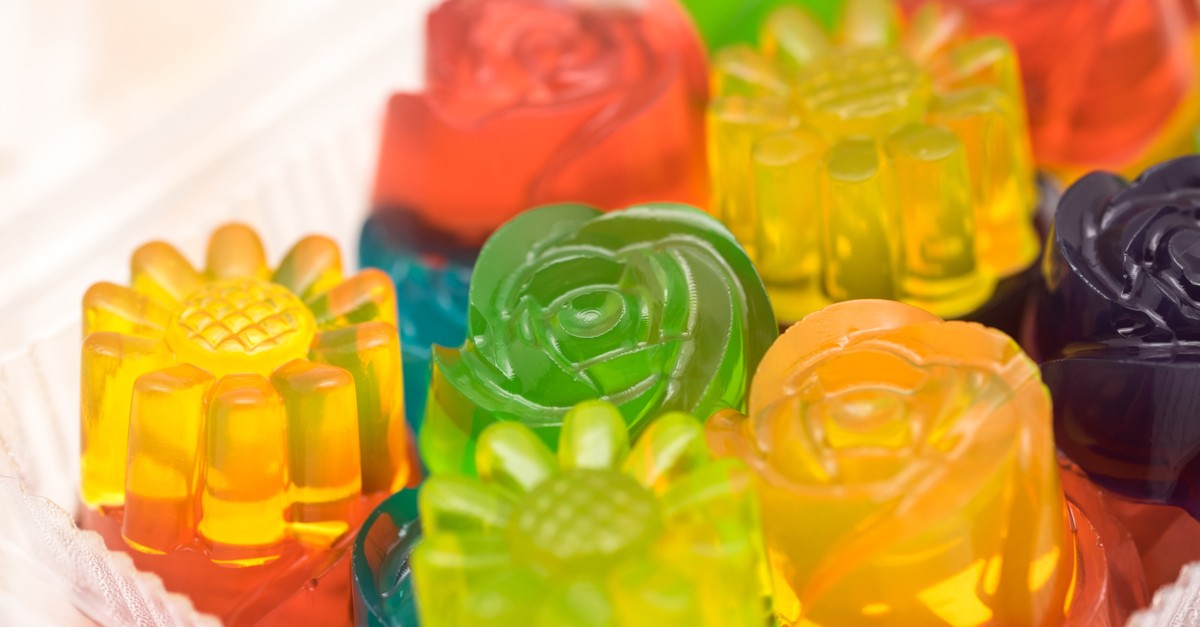The Struggle:
When you begin working with hydrocolloids there are many words that become part of your lexicon. Dropping bits of knowledge about the freeze thaw stability of a gel or whether or not it’s thermoreversible or not becomes an everyday occurrence. Not only does using these words make me feel fancy, it’s the easiest way to explain how many of these ingredients work. This is only efficient if everyone knows the meaning of these words. So at every turn we try to educate and ease the intimidation of modern cooking. With this article we will explain one of these words that sounds technical and intimidating, but in reality we see it in almost everyday life. The word is syneresis…
“What does syneresis actually mean?”
Don’t Weep For Me Argentina
If you have watched television in the last 20 years you have seen the “shamwow!”. If you haven’t seen this infomercial, it was for a towel that absorbed water better than any other towel. You could soak up an entire 2 liter bottle of cola and the towel wouldn’t drip! This is similar to how gels work. The gel is an intricate network of cross-linked molecules that trap water and therefore create a gel. This network holds onto the moisture similar to the “shamwow!” But that water doesn’t live there forever, if you begin to constrict the towel the water will start to be displaced. As a gel sits it will begin shortening those cross linked bonds on its own. This means that many gels will begin to constrict themselves and when this happens the moisture is squeezed out of the gel. This is known as syneresis, it’s a pesky problem that affects many recipes. This doesn’t just happen with gels, sour cream and yogurt have this issue. Even foods that are thickened with cornstarch will have this problem. The protein and starches will tighten and cause syneresis. Another example of this is protein cooked at high temperatures. Over cooking eggs will cause the proteins to tighten and release moisture resulting in chewy scrambled eggs and water at the bottom of the heap. One ingredient that does help with syneresis is Locust bean gum. Locust bean gum is an ingredient that has strong water binding properties and can help keep the water molecules trapped within the network of the gel to help prevent syneresis. You can try it for yourself in our Mushroom noodle recipe found below. Next time you see a bit of moisture on top of yogurt or your gel begins to weep a tiny bit of liquid you will know that syneresis is the culprit.
Ready to get Cooking?
Give our Essence of Mushroom Gel Noodle recipe a try! These gel noodles harness the uniquely earthy, rich flavors of mushrooms and transforms them into delicate strands of edible umami.



2 Comments.
Can I use your locust bean gum to make gummies? Is there a recipe?
Hi John, we do have a sour patch gummy recipe that uses gelatin and pectin. We don’t have a gummy recipe that uses locust bean gum.